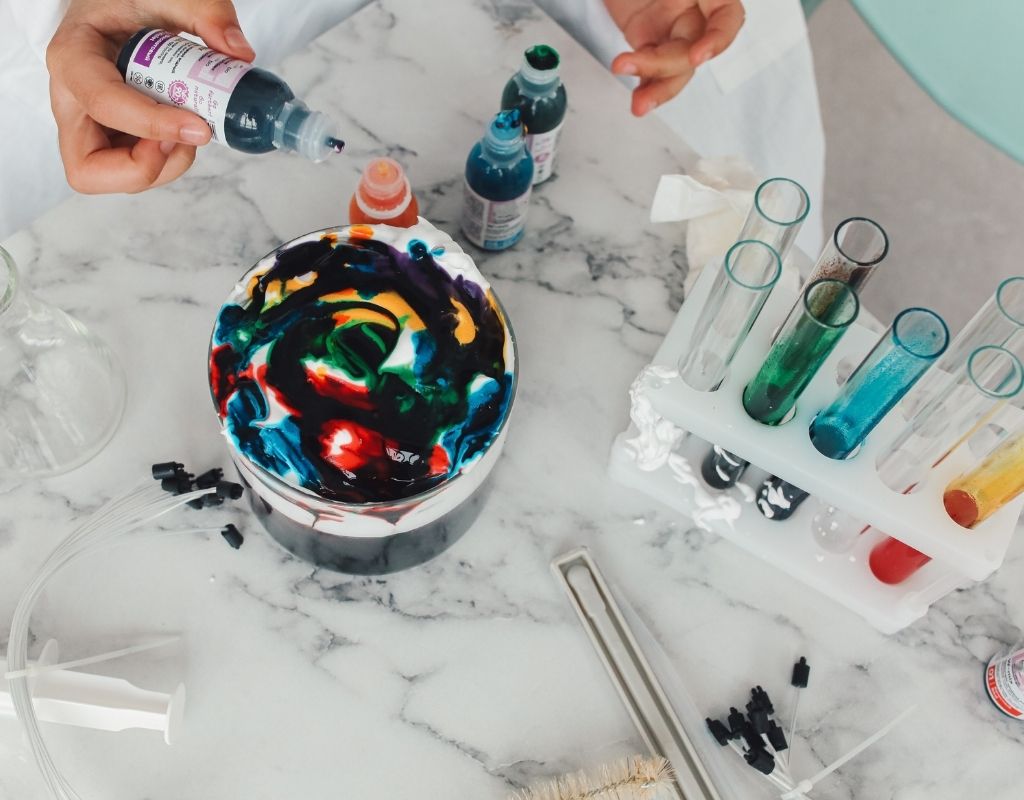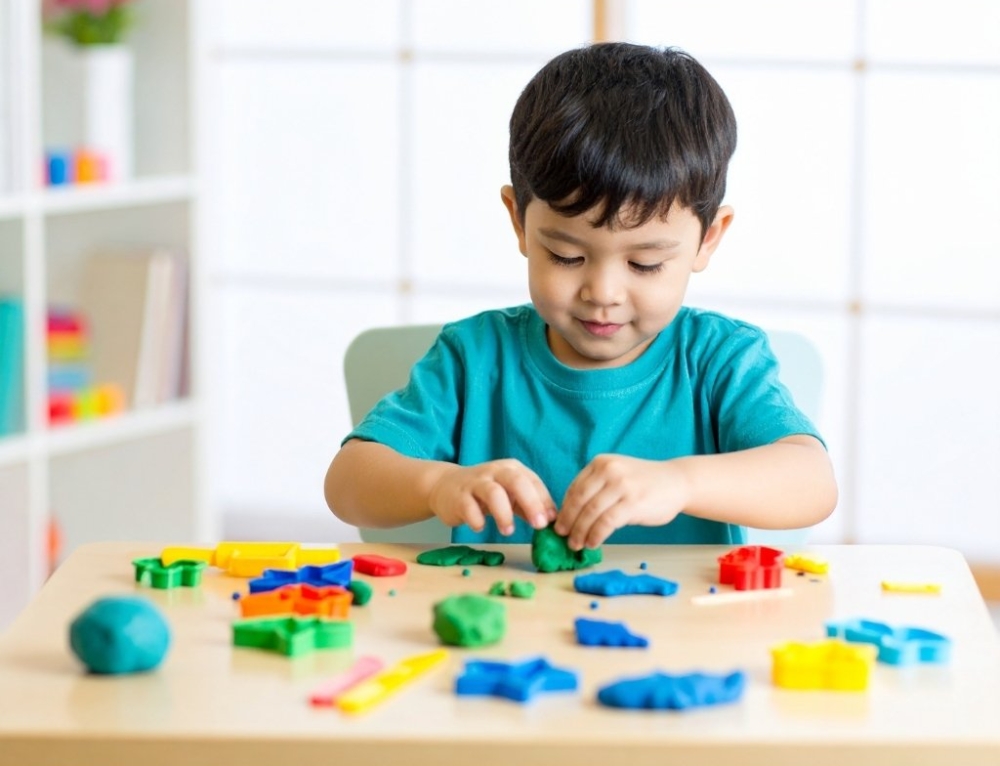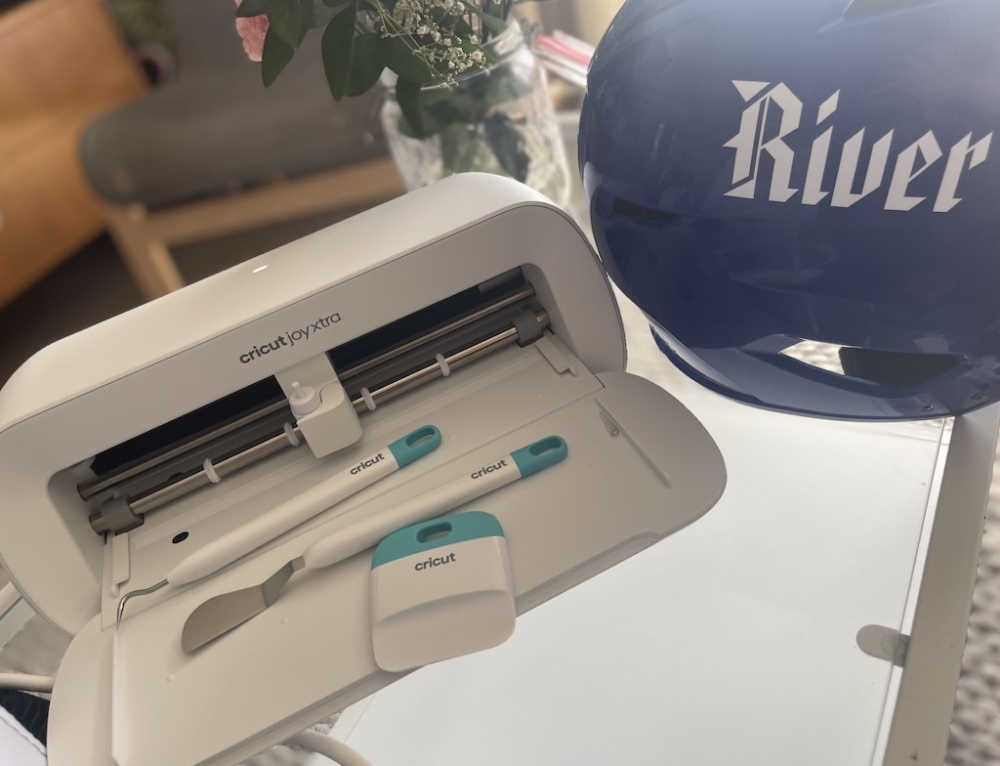Are your kids into science experiments? Or perhaps they just like being a little messy. Below are five videos of classic kitchen science experiments that are not just fun – they’re full of learning benefits too.
When you’ve worked your way through these science experiments your kids will have:
- magically inflated a balloon without touching it
- made a sandwich bag explode
- made a big bubbly colourful potion in a muffin tin
- created trippy psychedelic swirling colours in a bowl of milk
- sucked water into a glass using a match (adult supervision needed for this one)
If you’re into the ‘learning’ side of things you may also like to explain the workings of your kitchen science to them. Scroll to the end of the article for scientific explanations such as:
- Why bicarb soda and vinegar do what they do when they are combined.
- What makes the colours in the milk swirl.
- How the match in a glass trick works.
But first to the videos. We’ll start with a couple of bicarb soda and vinegar classics.
Exploding sandwich bag science experiment
It sounds scary, but it’s relatively harmless. If this doesn’t get your kids interested in science, nothing will. Don’t scrimp on the bicarb.
Balloon fizz-inflator science experiment
An oldie but a goodie. Again, don’t scrimp on the bicarb, the more you use, the better the reaction!
Bubbly colours science experiment
This is a good one for smaller kids and toddlers. Nothing blows up and it’s pretty straight forward. Just make sure you do it outside or with a lot of newspaper laid down. If it’s not messy, it’s not fun.
Colourful milk swirl science experiment
This one is addictive, you could find yourselves staring into a bowl of milk for hours. (And it may also take Grandma back to Woodstock.)
Match in a glass trick science experiment
This one needs adult supervision. It’s not dangerous, but (Disclaimer 1) kids should never be left alone with matches. Definitely do this one together. And then you can do it for your friends at your next dinner party.*
* Disclaimer 2: drunk people should also not be left alone with matches.
The ‘why is it so’ section for parents
Bicarb soda and vinegar, what’s with that?
Combining bicarb soda and vinegar produces a multi-step reaction. Each reaction happens in quick succession. That’s why it’s such a dramatic result.
- The acetic acid in the vinegar reacts with the sodium bicarbonate to form carbonic acid.
- The carbonic acid is unstable. It immediately falls apart, splitting into two components – carbon dioxide and water. (This is a decomposition reaction.)
In the balloon and sandwich bag experiments, the carbon dioxide escapes as gas and expands the air inside the balloon/sandwich bag. This causes the balloon to inflate and the sandwich bag (because it’s sealed tight) to pop.
With the muffin tin, the bubbles that form are the carbon dioxide escaping the watery solution; but the carbon dioxide is heavier than air so once it has escaped into the air, it sort of falls down again. This results in the solution bubbling up and then flowing down over the top of the muffin tin like lava.
Milk and dish soap, what’s their problem?
The swirling is a result of the fat and protein content in the milk reacting with the bipolar qualities of the dish soap. Similar in principle to the poles of a magnet, the dish soap has a water-loving end and a water-repellent end.
So when you add it to the milk the opposing poles of the dish soap molecules get displaced by the fat content in the milk and then roll around trying to find each other, the fat and protein in the milk gets pushed aside. The food colouring gets caught in the mix and highlights the dancing action between the molecules.
As the soap and the milk mix evenly together, the action slows down and eventually stops.
How does the match in a glass thing work? (Does it matter? It’s just a great party trick.)
This is such a popular bar trick that it’s hard to find a real scientific explanation on the internet of this one. When you Google it, you just get a whole lot of YouTube videos of barflies doing the trick with their scotch glass in a bar.
But here’s what I’ve been able to decipher from geeky chemistry websites and forums:
The heat of the flame inside the glass imparts energy to the gas (air) trapped under the glass. This causes a pressure to push out against the water outside the glass. When the flame begins to die and the heat dissipates, the air cools and the pressure dies down. This causes a vacuum effect and the water is sucked into the glass.
Thanks to our sister company Kidspot Australia for creating the instructional videos.







My son is into science experiments – we get a kick out of making volcanoes in the sandpit, playing with magnets and potions. So definitely bookmarking to try more science experiments.